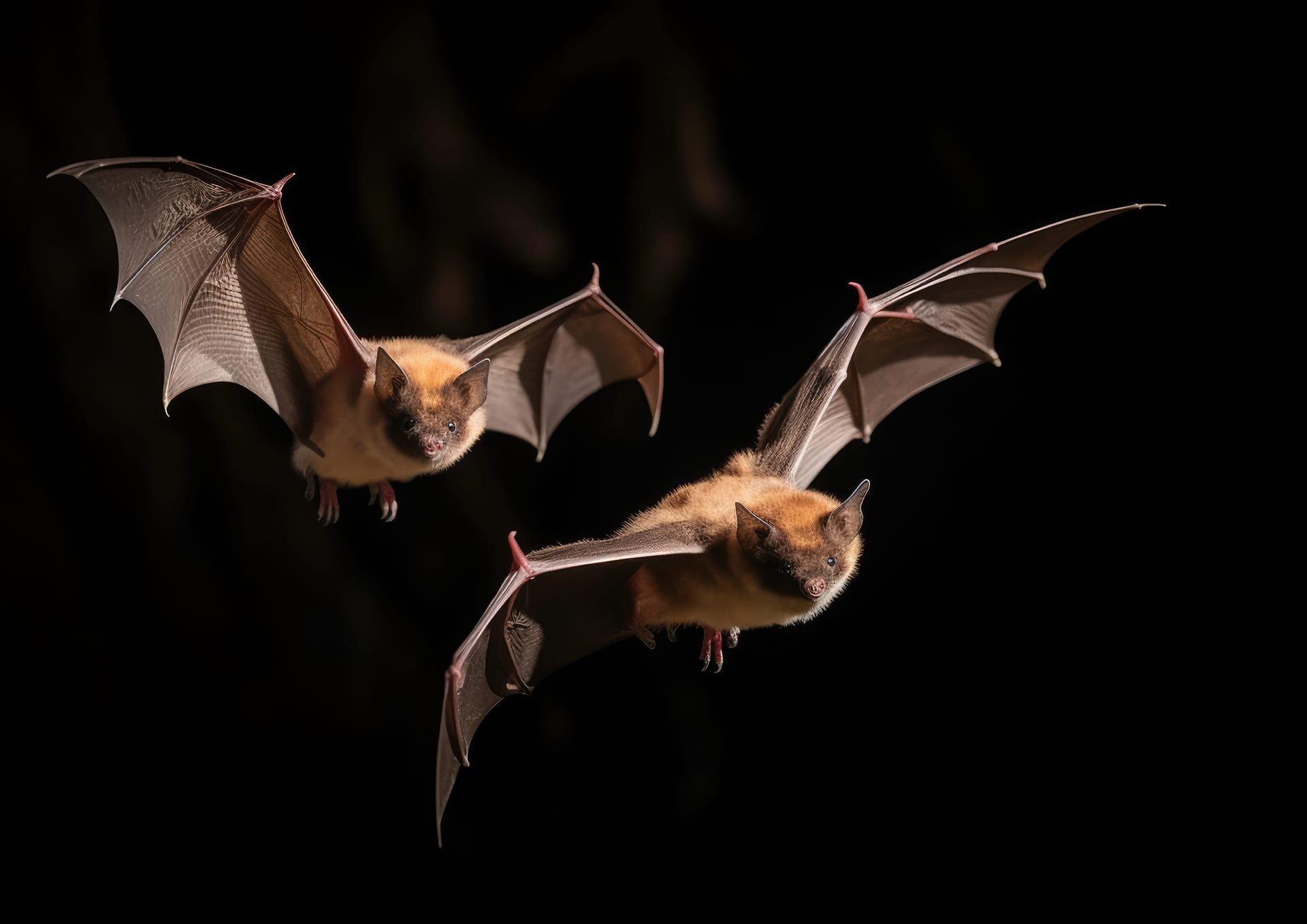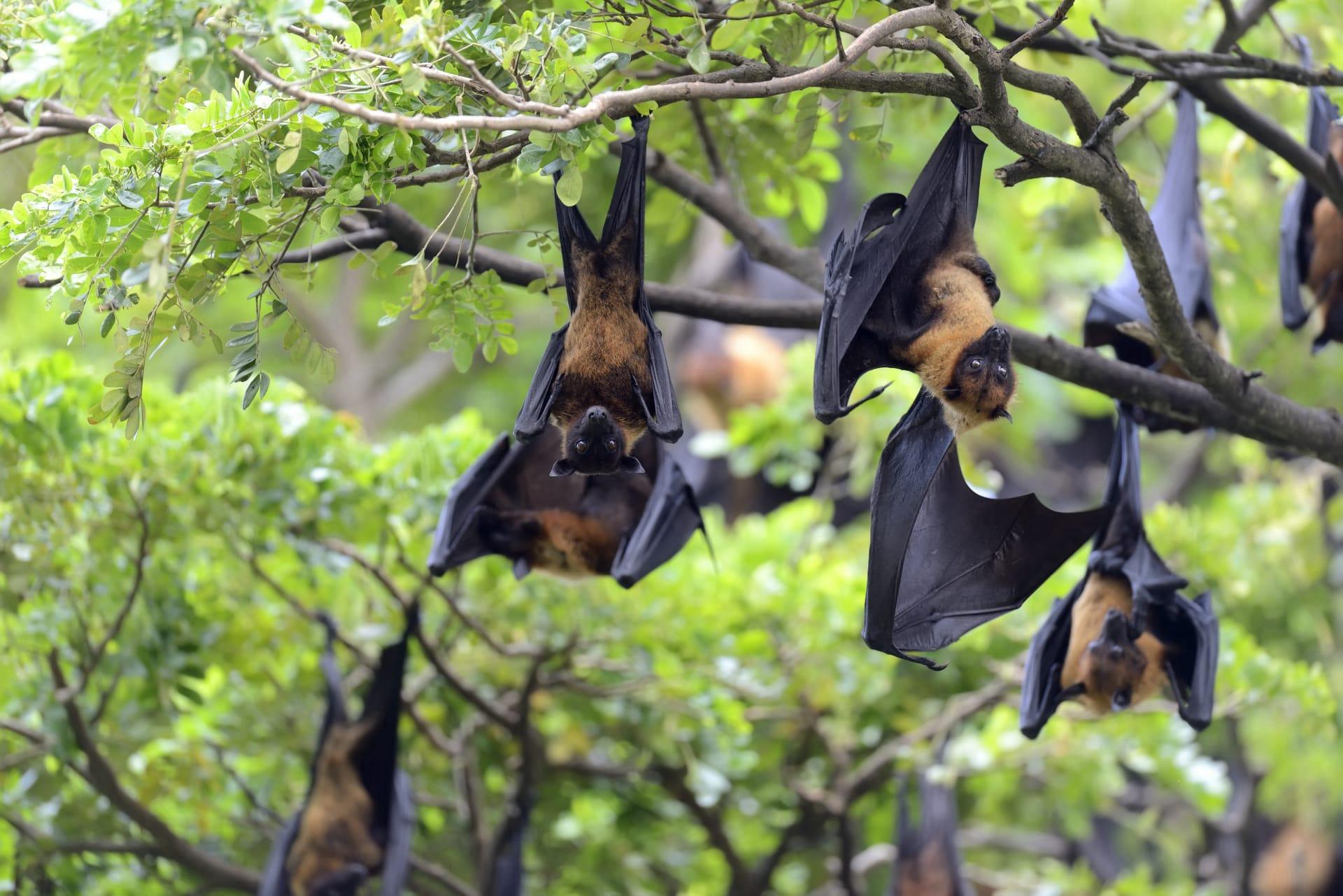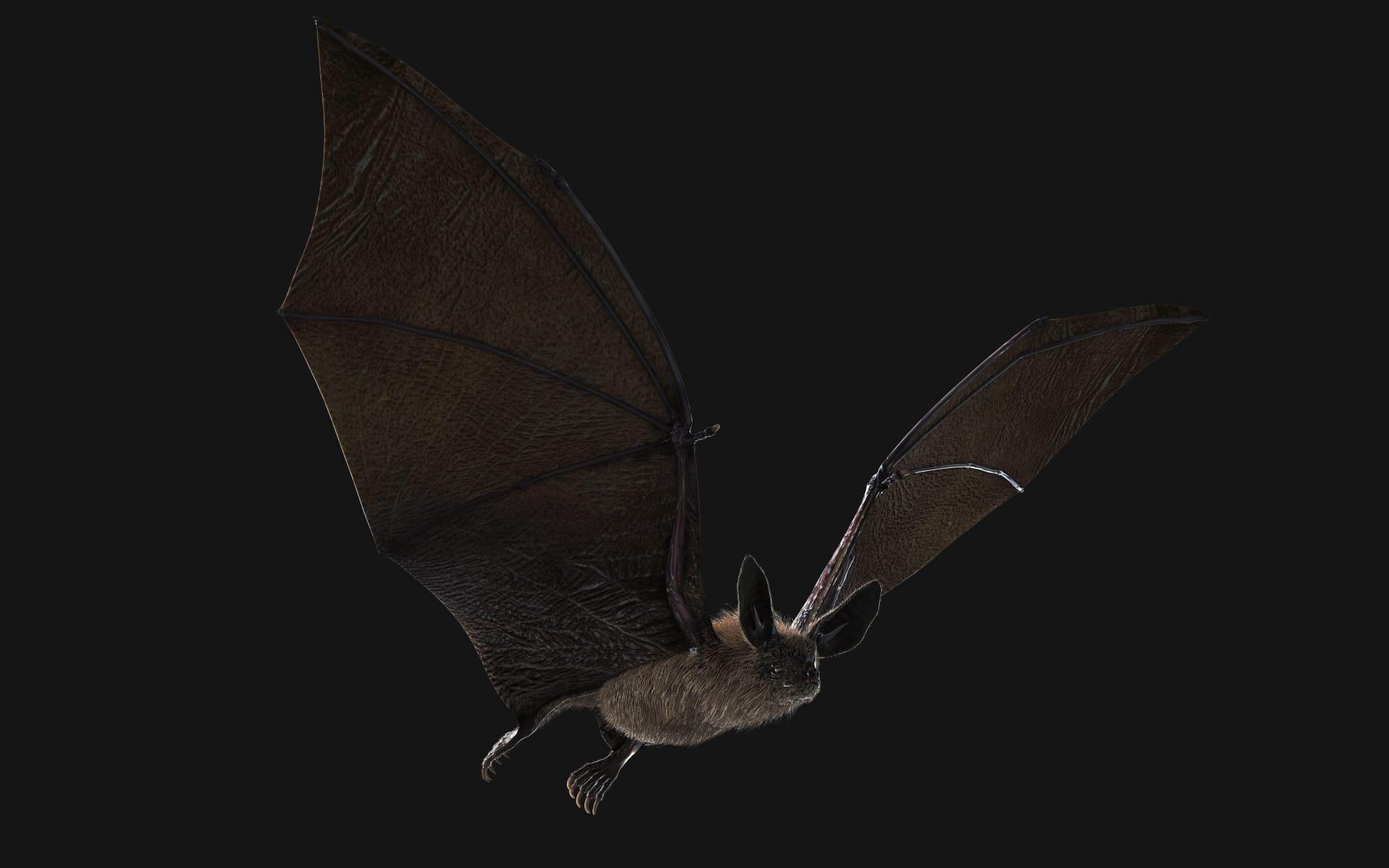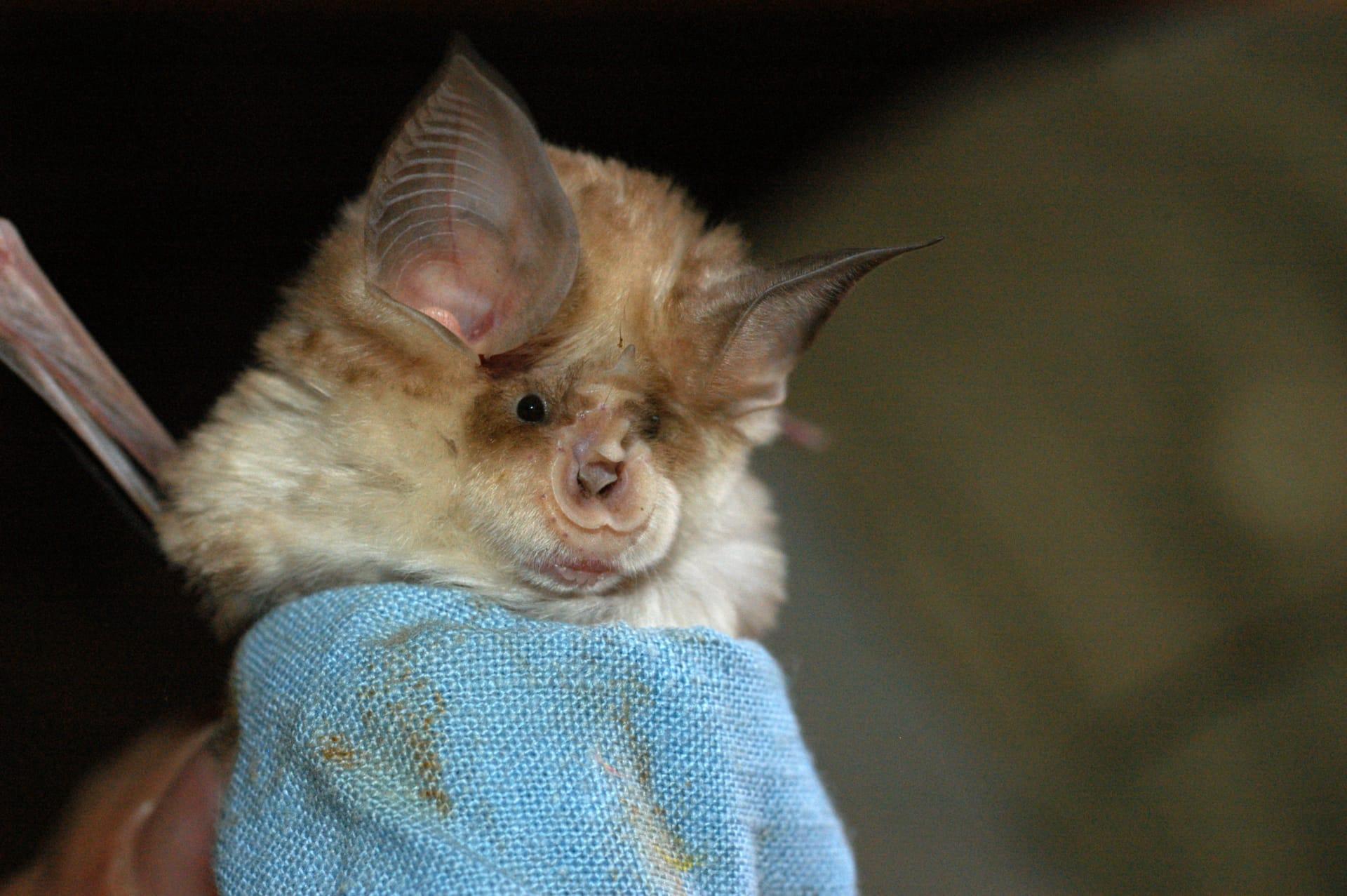Bat
- Home /
- Mini Encyclopedia /
- Animal /
- Bat
1
Bats, fascinating creatures of the night, belong to the order Chiroptera, which is divided into two main suborders: the larger Megachiroptera and the smaller Microchiroptera. Megachiroptera, or fruit bats, are typically found in tropical regions and have a keen sense of smell, which they use to locate their food, primarily fruits and nectar. Microchiroptera, on the other hand, are widespread and known for their echolocation ability, which aids them in navigating and hunting insects in the dark. There are over 1,400 species of bats, making them the second most diverse group of mammals after rodents.
Bats are found almost everywhere on Earth, except for the polar regions and a few isolated islands. Their habitats range from tropical rainforests to deserts, showcasing their incredible adaptability. In tropical regions, bats are particularly abundant and play a crucial role in pollinating flowers and dispersing seeds. In temperate zones, many species hibernate during the winter to survive when food is scarce. Bats are nocturnal, spending their days in caves, tree hollows, or even buildings, and emerge at night to feed.

2
Question: Do bats always hang upside down?
Answer: Indeed, bats are known for hanging upside down, a behavior termed 'roosting.' They do this because their leg muscles and tendons are structured in a way that allows them to lock their feet in place, requiring no effort to stay upside down. It's also an efficient way for them to take flight, as they drop into the air and spread their wings. However, not all the time is spent hanging; bats also spend time in flight or perched while feeding or resting.

3
Bats have developed a range of unique survival strategies. One of their most notable abilities is echolocation. Most microbats emit high-frequency sounds that bounce off objects and return as echoes, allowing them to navigate and hunt in complete darkness. This adaptation is vital for catching insects, their primary food source. Echolocation is so precise that bats can detect objects as thin as a human hair in total darkness.
Another survival strategy is hibernation, practiced by bats in colder climates. During hibernation, their body temperature drops, and their metabolic rate slows down, allowing them to conserve energy when food is scarce. This state can last for several months, during which they rely on fat reserves accumulated during the active months.

4
In ecosystems, bats play several critical roles. As pollinators, some species, especially fruit bats, are essential for the reproduction of various plants. They transfer pollen as they feed on the nectar of flowers, aiding in the fertilization of many tropical fruits and plants. Their role in pollination is vital for both natural ecosystems and human agriculture.
Bats also contribute significantly to insect population control. As natural predators of night-flying insects, including many pests, they help in reducing the need for chemical pesticides in agriculture. Moreover, their guano (bat droppings) is a valuable fertilizer, rich in nutrients, and is used worldwide to improve soil quality and crop yields.

5
Film: "The Secret World of Bats" (USA, 1992) – This documentary explores the hidden lives of bats, shedding light on their behavior, habitats, and the vital role they play in ecosystems. It provides rare insights into the nocturnal activities of these misunderstood mammals.
Book: "Bats of the United States and Canada" (USA, 2011) by Michael J. Harvey, J. Scott Altenbach, and Troy L. Best – This book offers comprehensive information on the biology, behavior, and conservation of bats in the United States and Canada. It's an excellent resource for both bat enthusiasts and wildlife professionals.
Book: "The Secret Lives of Bats: My Adventures with the World's Most Misunderstood Mammals" (USA, 2015) by Merlin Tuttle – Merlin Tuttle, a renowned bat researcher, shares his experiences and discoveries in bat conservation. The book is both an autobiography and a testament to the importance of bats in our environment, packed with fascinating stories and insights.